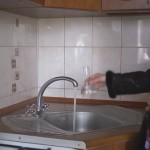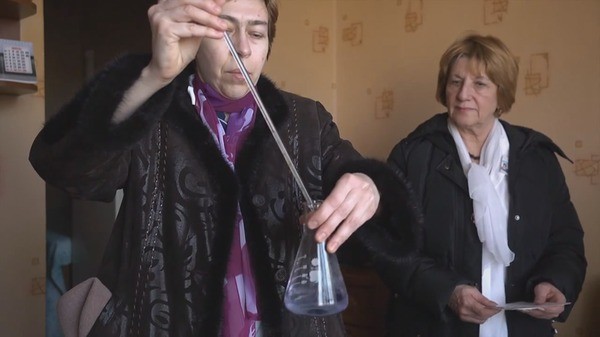 Disinfection quality control
Disinfection quality control
 Since childhood, everyone knows the expression "cleanliness is the key to health, and order, above all."
Since childhood, everyone knows the expression "cleanliness is the key to health, and order, above all."
But how to check how well the disinfection of the premises is carried out? Quality control of the cleaning and disinfection in any premises can be carried out by three methods:
Visual control method
It consists in assessing: the sanitary condition of the premises, the frequency and timeliness of disinfection, knowledge and observance of instructions, rules and regulations in the preparation of working solutions and their use by personnel responsible for general cleaning and disinfection.
chemical method
Determines the saturation of prepared solutions that are used in disinfection and cleaning. This control method is carried out:
- using special paper-based test strips with a specific color scheme, they are also called express (instant) tests;
- in specialized laboratory facilities, doing chemical analyses.
An analysis to determine the saturation of solutions, and therefore the validity of the disinfection, is usually done at set time intervals, which depend on the type of disinfectant.
Instant tests should be done daily. The result of disinfection with a solution with a concentration that does not meet the standards will be the identification of an infectious substance in the samples.
In cases where there is no laboratory to study the sufficient content of chlorine in solutions and objects processed by them, the starch-iodine method is used. This method consists in the color reaction of starch with iodine: during the reaction, iodine is released and changes in color from normal to brown-blue. You can check it this way: wind a small amount of cotton wool around a match (toothpick), dip it into a mixture of potassium iodine with 1% chilled starch paste. One has only to touch this cotton swab to a drop of solution, multi-colored staining will appear. During the control examination of the quality of disinfection on the surface of the object, a cotton swab treated with starch iodine suspension is carried out. With a sufficient content of chlorine in the solution with which it was disinfected, the color of the cotton tip of the stick will change similarly to the first analysis. In this way, it is necessary to control the disinfection of all surrounding objects.
Bacteriological control
It is mainly carried out as part of the quality control of the treatment of medical supplies with disinfectants.
But if necessary, it can be used at enterprises of various structures. It consists in the detection of pathogenic flora of the premises. Taking swabs and scrapings is carried out without prior familiarization of the personnel conducting disinfection. Sterile cotton swabs are dipped in a solution of sodium thiosulfate, after which they are washed alternately from household items. The norm for residential premises is 10 samples, in children's and medical institutions - at least 30. Calculation of test sticks - 1 for 1 subject. After taking swabs, test sticks are placed in a test tube pre-filled with meat-peptone broth. Next, a phased study of the resulting solution for the presence and growth of bacteria and pathogenic E. coli is carried out, the absence of which allows us to make a satisfactory assessment of the cleaning and disinfection of the premises.